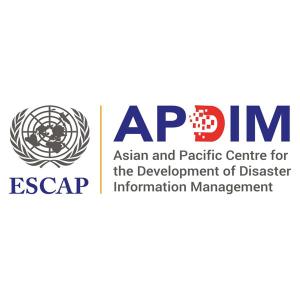New UN study analyses the impact of sand and dust storms on health, clean energy, transport, glaciers, cities and agriculture in Asia and the Pacific
31 August 2021
-

TEHRAN, 31 August 2021 (UNIC) -- According to a new UN report, more than 500 million people in India and more than 80 per cent of the entire populations of Turkmenistan, Pakistan, Uzbekistan, Tajikistan and the Islamic Republic of Iran are exposed to medium and high levels of poor air quality due to sand and dust storms.
The report, Sand and Dust Storms Risk Assessment in Asia and the Pacific, has been launched recently by the Asian and Pacific Centre for the Development of Disaster Information Management (APDIM) in a side event to the ongoing seventh session of the ESCAP Committee on Disaster Risk Reduction.
“Sand and dust storms seriously affect several areas in the world, including in Asia and the Pacific,” said Armida Salsiah Alisjahbana, United Nations Under-Secretary-General and Executive Secretary of ESCAP. “The report reveals that sand and dust storms pose risks to both society and environment and directly threaten the achievement of 11 of the 17 Sustainable Development Goals. The Report demonstrates that the cumulative effects of sand and dust storms on society are significant, and they are more frequent than most other types of natural hazards, and their impacts are complex.”
In the context of global climate change debates - highlighting the extreme weather conditions and the rising temperature causing exacerbated meteorological hazards - the new report assesses the risk of sand and dust storms separately for a number of critical sectors, namely agriculture, energy, environment, aviation, human health, glacier melting and cities. It demonstrates how these storms worsen air quality and degrade vast farmland areas, disrupt commercial flight services, lower the efficiency of solar power generation, and accelerate the melting of glaciers.
“Mobilizing coordinated regional action is paramount to reduce risk and strengthen resilience to the negative transboundary impact of sand and dust storms,” said Letizia Rossano, Director of APDIM. “The evidence presented in this assessment calls for Member States to strategize their joint actions, considering gaining a deeper understanding of the socio-economic impact of sand and dust storms, establishing a coordinated monitoring and early warning system with an impact-based focus, and coordinating actions in most at-risk and exposed geographical areas to mitigate the risks”.
The risk assessment demonstrates that the cumulative effects of sand and dust storms on society are significant, not least because sand and dust storms occur more frequently than most other types of natural hazards. Their impacts are complex, and they represent an important emerging issue for policy-makers in the Asia-Pacific region.
***
Link to full report: https://apdim.unescap.org/knowledge-hub/sand-and-dust-storms-risk-assessment-asia-and-pacific




